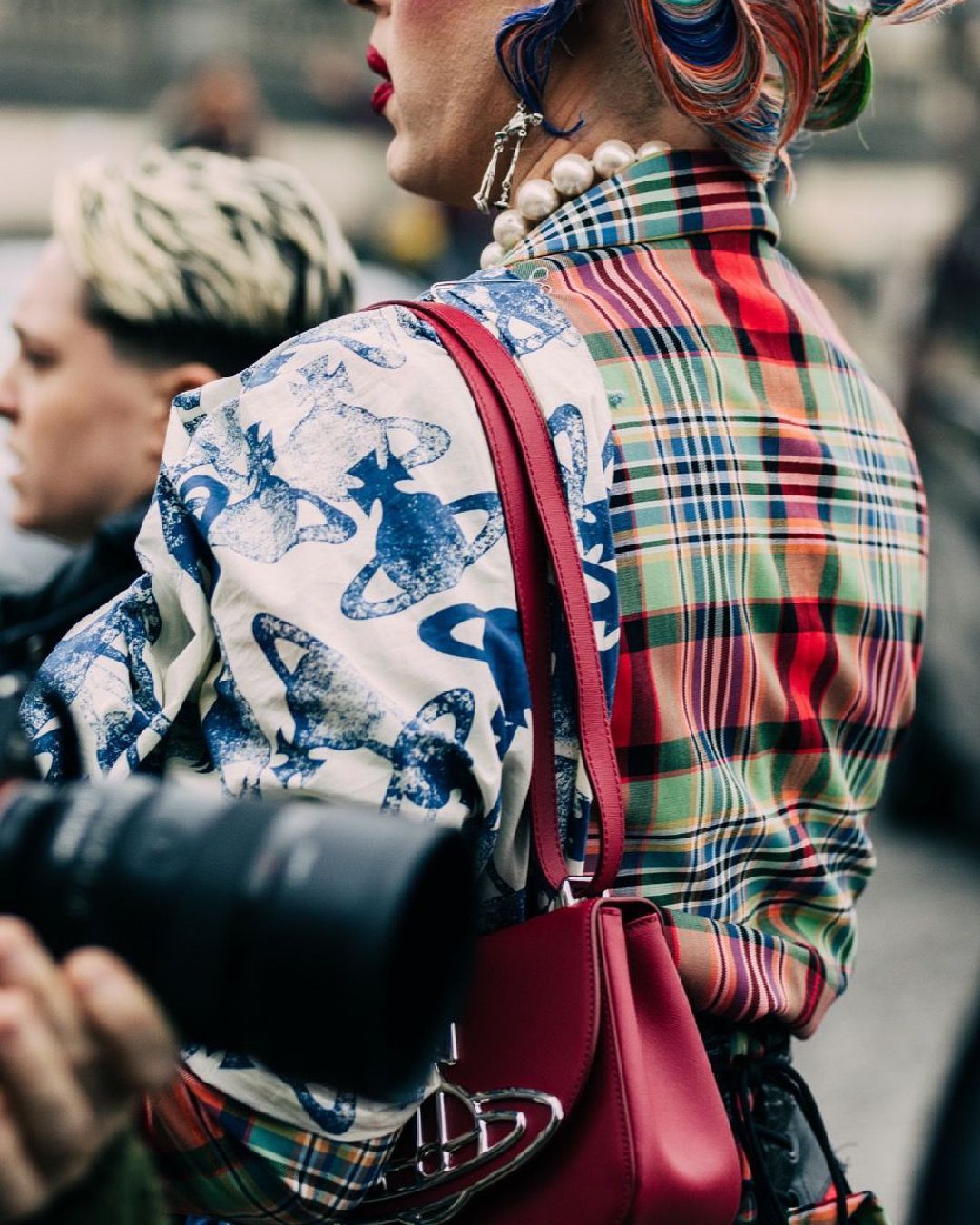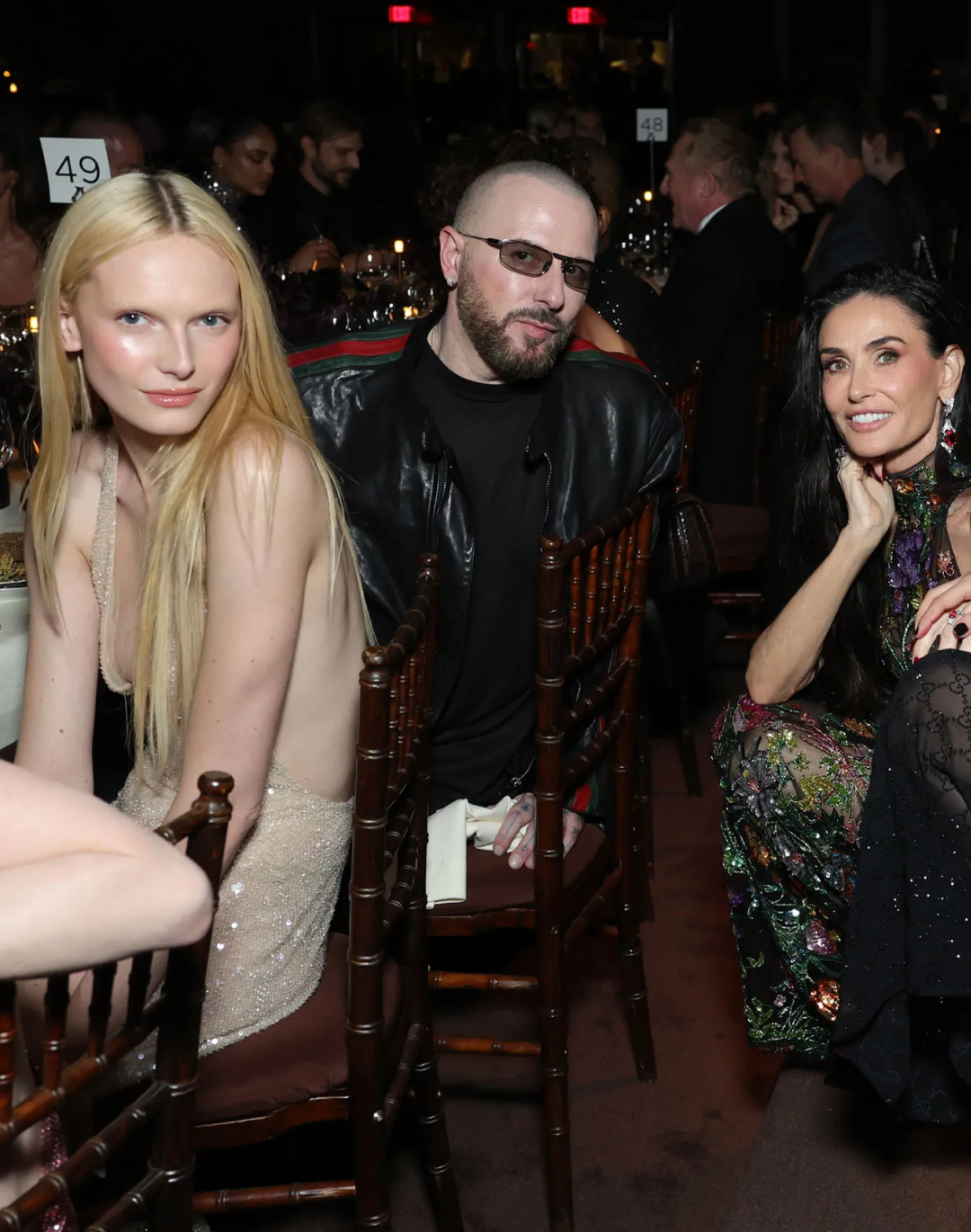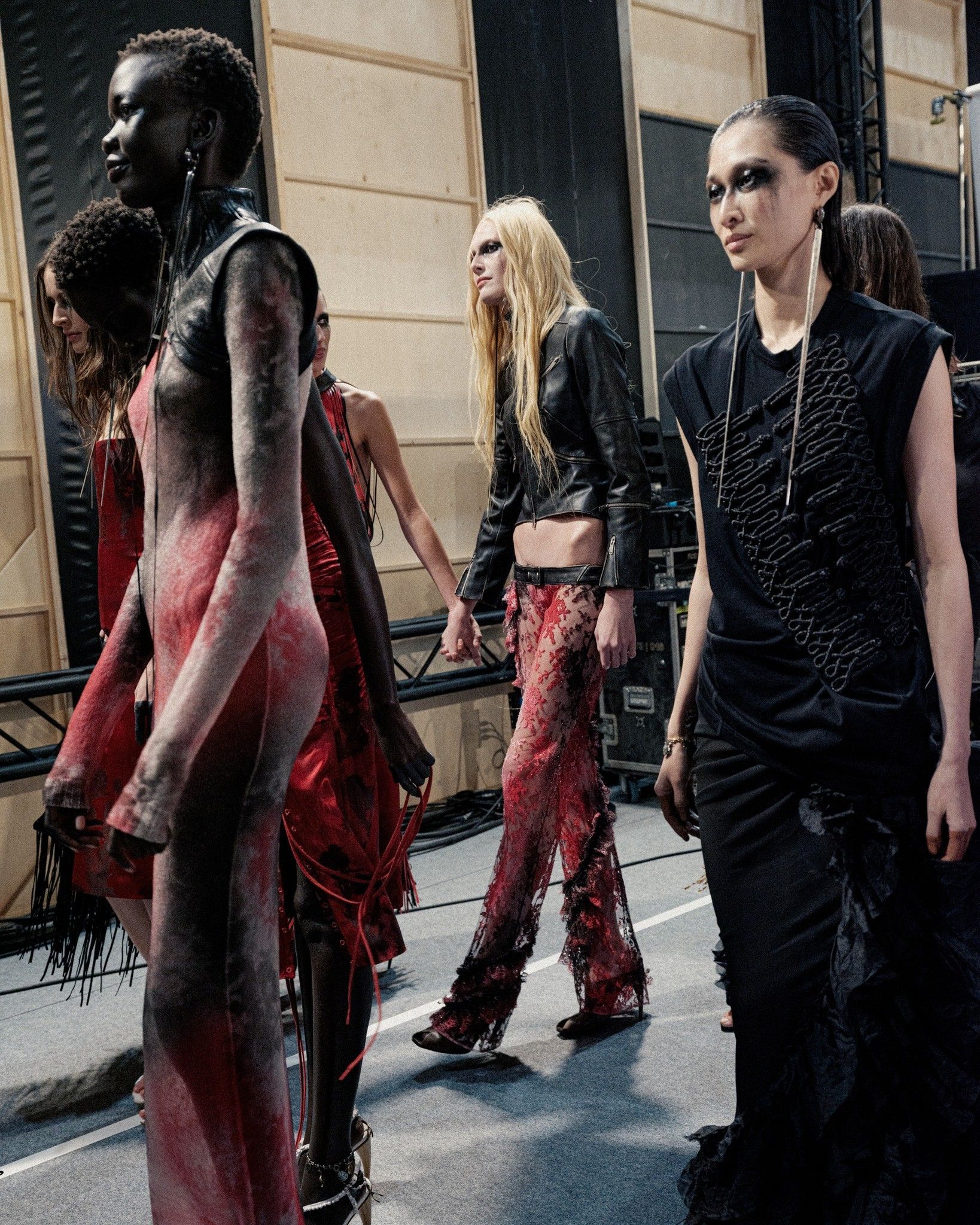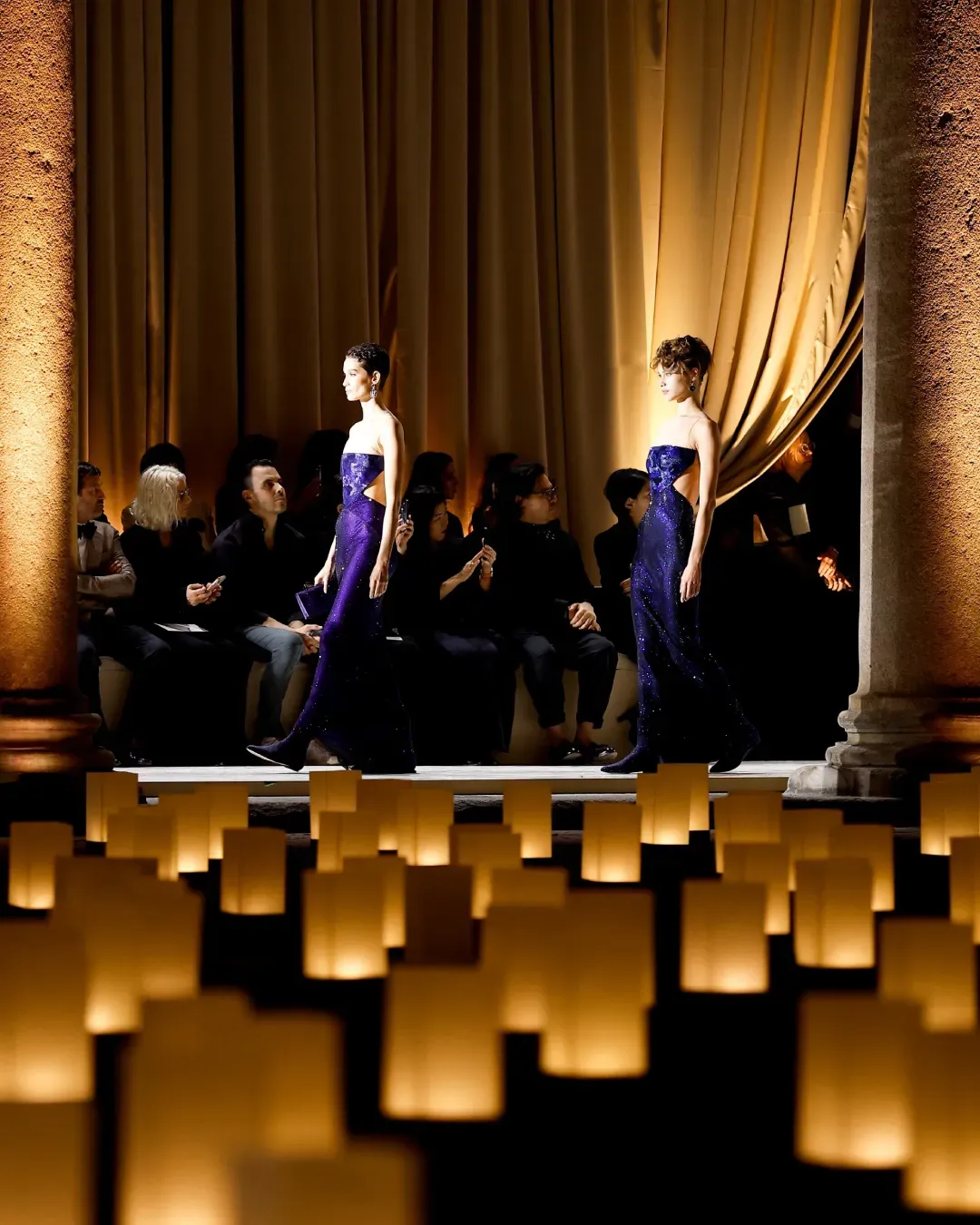
What happened to the conversation surrounding genderless fashion ? When fashion turns activism into a buzzword
In 2020 , during the heights of the fashion industry’s conversation around inclusivity, one of the biggest buzz terms of the moment was genderless/gender neutral fashion. As the statistics got out regarding Generation Z’s interest in purchasing clothes that are created without gender binaries in mind, brands ranging from high end luxury to fast fashion began using the term, and implementing policies that would appeal to consumers who couldn’t see themselves in the men’s or women’s section of their stores. Gucci, under the creative direction of Alessandro Michele, debuted a Mx. section of their website where people of all gender identities could find specially curated pieces that worked for them, Calvin Klein under the direction of Heron Preston created a collection they described as unisex, H&M launched a genderless collection with Eytys, Altuzzara called their collection «genderful,» stating it was something new that could work for all genders, there were even conversations around merging men’s & women’s fashion weeks. It was the dawn of a groundbreaking time for the industry, and although not everyone got it right , it was a huge step forward in the very vast conversation around the importance of de-gendering fashion. However, fast forward to today, for some reason the discussion has dramatically faded into silence as brands have gone back to strictly presenting menswear & womenswear collections, and almost no one in the luxury fashion industry has made an effort in years.
The reason behind this is puzzling, because the numbers & statistics have not changed, but it seems that brands have simply lost interest. In fact, since then, the buying power of Gen Z has almost doubled to over $300 billion, with 56% of the global Gen Z consumer shopping outside of their assigned gendered area (WWD). Seventy percent (70%) of the generation have said they are interested in buying gender-fluid fashion in the future and 56% have stated that they buy clothing that is not classified by gender at all (BOF). In a few years, this outlook on fashion will very likely take over the market considering that Gen-Z will soon become the largest cohort of global consumers as they have outnumbered Baby Boomers & Millennials in the US. Each year, these numbers continue to double and triple, yet brands refuse to evolve. 2020 & 2021 were peak moments for the conversation, primarily because it was being driven by very few people within the industry who had an idea of the changes that needed to be implemented in order to create a more inclusive system. The issue however, is when activism takes the form of a trend, when ideas that were born with the intention of creating change take flight and become popular and are then made into mere buzzwords used to accompany a collection without considering the meaning behind them. The result is that like any other trend without a core, without education, it inevitably dies down after a while simply because the industry refuses to acknowledge its importance.
Although the statistics are strong, the movement around genderless clothing is about much more than numbers, and neither is it just about being politically correct. It is about creating a safer and more inclusive society for everyone. Gendered distinction in clothing is a cultural act that can be traced back to beginning in the 17th century. However, having gendered clothing today in 2023 when we have discovered that there is much more freedom in gender identity and expression, means that it could be dangerous for some people. Fashion is a very broad industry that allows people to express themselves through clothing, men can wear skirts, women can wear pants, and non-binary people can also wear skirts and pants. However when we continue to hold up the labels and traditions behind menswear and womenswear, we risk the erasure of those who don’t fit within those boundaries as they will not feel seen as a consumer. Additionally the categories of menswear & womenswear helps to fuel the idea that only two gender identities exist, which also renders society unsafe for those who fit outside those boundaries or for anyone that may simply want to wear a piece of clothing that is not assigned to their gender. Essentially continuing to create clothing as menswear or womenswear is a very dated and restrictive concept , and while fashion is known as one of the most progressive industries, this sets them back by decades.
“I wasn't wearing a genderless fashion to challenge anything. Wear it according to the situation, wear it if you like it, wear it if it looks good” pic.twitter.com/l0uygeWEYW
— kai zone (@kaizones) September 10, 2022
It is also to be said that the idea of creating clothing that works for all genders involves much more than showing womenswear and menswear together, or even showing menswear on women models and vice versa. The creation of genderless clothing starts from the moment that a piece of cloth is cut by the tailor. It involves the revisiting of size charts, as gender specific sizing that involve particularities like bust, hip and waist measurements are created with only men and women in mind. Seeing as the industry prides itself on being inclusive and progressive, one can only hope that some time within the next few seasons the conversation will come back into play , especially within the sphere of luxury considering they are the leaders in this regard.















































